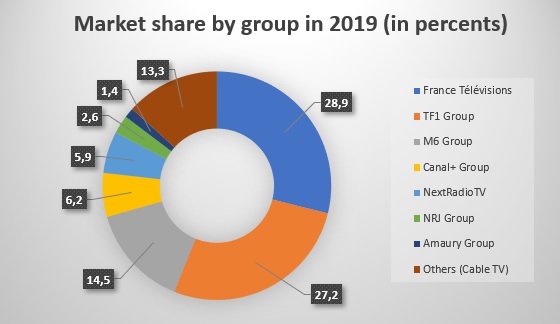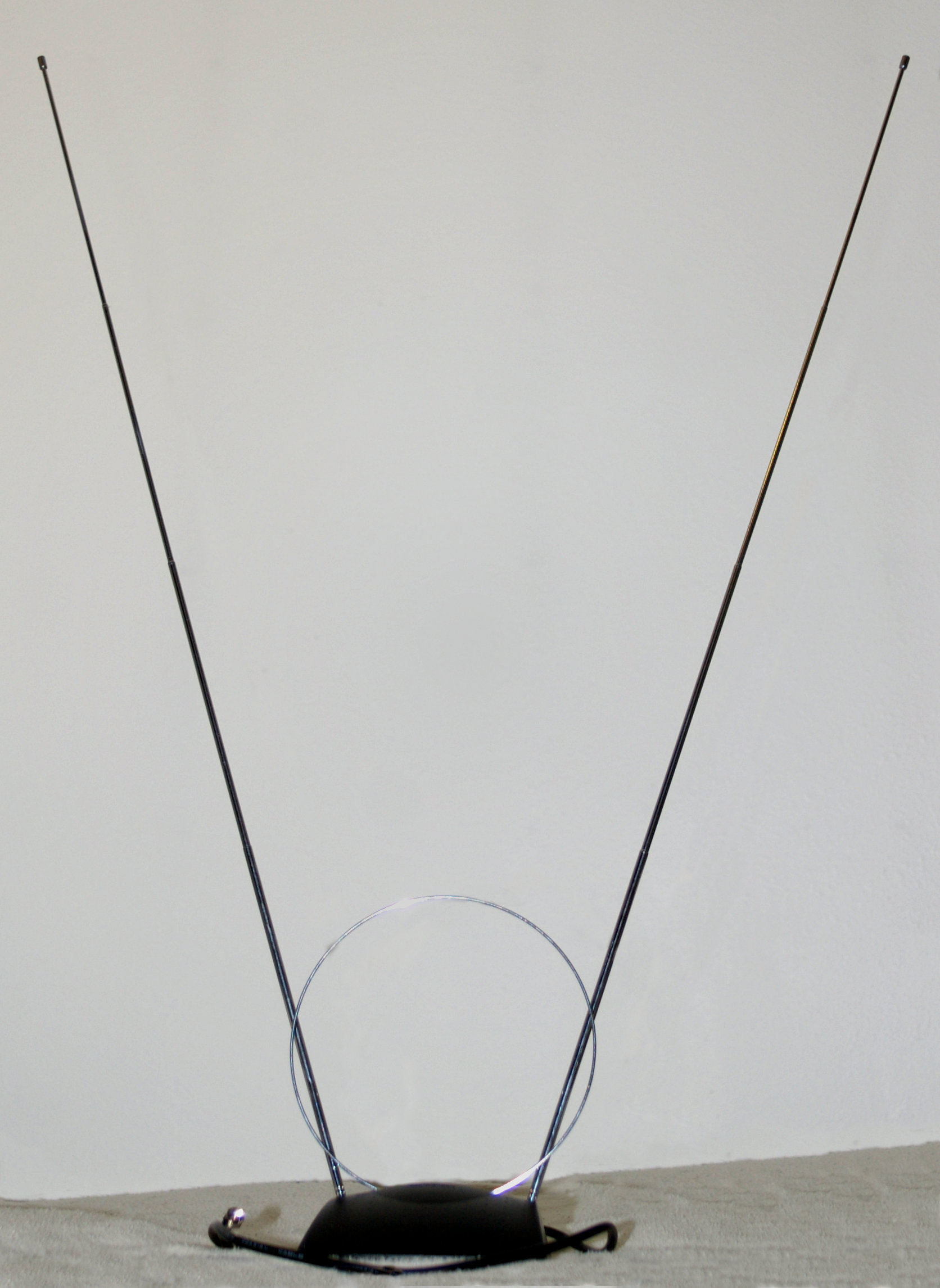|
Coulommiers, Seine-et-Marne
Coulommiers () is a commune in the Seine-et-Marne department in the Île-de-France in north-central France. It is also the name of a cheese of the Brie family produced around that city. Coulommiers station has rail connections to Tournan-en-Brie and Paris. The town has a statue to Commandant Nicolas-Joseph Beaurepaire who, in 1792, killed himself rather than surrender Verdun to the Prussians. Demographics Inhabitants of Coulommiers are called ''Columériens''. Twin towns Coulommiers was twinned with Leighton Buzzard in 1958 and with Titisee-Neustadt in 1971. The twinning was renewed in 1982. History Coulommiers was selected to be the first town in France to go fully digital for its terrestrial television, with analog switch-off in January 2009. Notable people *André the Giant, professional wrestler and actor See also *Communes of the Seine-et-Marne department The following is a list of the 507 communes of the Seine-et-Marne department of France. The communes coop ... [...More Info...] [...Related Items...] OR: [Wikipedia] [Google] [Baidu] |
Communes Of France
The () is a level of administrative division in the French Republic. French are analogous to civil townships and incorporated municipalities in the United States and Canada, ' in Germany, ' in Italy, or ' in Spain. The United Kingdom's equivalent are civil parishes, although some areas, particularly urban areas, are unparished. are based on historical geographic communities or villages and are vested with significant powers to manage the populations and land of the geographic area covered. The are the fourth-level administrative divisions of France. vary widely in size and area, from large sprawling cities with millions of inhabitants like Paris, to small hamlets with only a handful of inhabitants. typically are based on pre-existing villages and facilitate local governance. All have names, but not all named geographic areas or groups of people residing together are ( or ), the difference residing in the lack of administrative powers. Except for the municipal arr ... [...More Info...] [...Related Items...] OR: [Wikipedia] [Google] [Baidu] |
Battle Of Verdun (1792)
The first Battle of Verdun was fought between 29 August and 2 September 1792 between French Revolutionary forces and a Prussian army during the opening months of the War of the First Coalition. The Prussians were victorious, gaining a clear westward path to Paris. Battle Colonel Nicolas-Joseph Beaurepaire, who had commanded the defense of Verdun, chose death by suicide to avoid the dishonor of surrendering Verdun. See also * Battle of Valmy on 20 September 1792 * Siege of Verdun (1870) in the Franco-Prussian War * Battle of Verdun (1916) in World War I World War I (28 July 1914 11 November 1918), often abbreviated as WWI, was List of wars and anthropogenic disasters by death toll, one of the deadliest global conflicts in history. Belligerents included much of Europe, the Russian Empire, ... Notes References * * External links * Battles involving Prussia Conflicts in 1792 1792 in France Battles of the War of the First Coalition Battles in Grand E ... [...More Info...] [...Related Items...] OR: [Wikipedia] [Google] [Baidu] |
Communes Of The Seine-et-Marne Department
The following is a list of the 507 communes of the Seine-et-Marne department of France. The communes cooperate in the following intercommunalities (as of 2020):BANATIC Périmètre des EPCI à fiscalité propre. Accessed 3 July 2020. * Communauté d'agglomération Coulommiers Pays de Brie * Communauté d'agglomération Grand Paris Sud Seine-Essonne-Sénart (partly) * [...More Info...] [...Related Items...] OR: [Wikipedia] [Google] [Baidu] |
André The Giant
André René Roussimoff (; 19 May 1946 – 28 January 1993), better known by his ring name André the Giant, was a French professional wrestler and actor. Roussimoff was known for his great size, which was a result of gigantism caused by excess growth hormone. It also led to him being called "The Eighth Wonder of the World". Beginning his career in 1966, Roussimoff relocated to North America in 1971. From 1973 to the mid-1980s, Roussimoff was booked by World Wide Wrestling Federation (WWWF) promoter Vincent J. McMahon as a roving "special attraction" who wrestled for promotions throughout the United States, as well as in Japan for New Japan Pro-Wrestling. During the 1980s wrestling boom, Roussimoff became a mainstay of the WWWF (by then renamed the World Wrestling Federation), being paired with the villainous manager Bobby Heenan and feuding with Hulk Hogan. The two headlined WrestleMania III in 1987, and in 1988, he defeated Hogan to win the WWF Championship, his so ... [...More Info...] [...Related Items...] OR: [Wikipedia] [Google] [Baidu] |
Television In France
Television in France was introduced in 1931, when the first experimental broadcasts began. Colour television was introduced in October 1967 on La Deuxième Chaîne. Digital terrestrial television The digital terrestrial television platform was launched on 31 March 2005 after a short testing period. Like Freeview in the UK, it provides many new channels, as well as the current terrestrial television stations. Like the rest of Europe, France uses the DVB-T transmission technology. The 13 first digital free channels were launched on 31 March 2005. In October, 4 additional free channels were added: the 24h news channels BFM TV and I-Télé, the music and entertainment youth channel Europe 2 TV, and the free children channel Gulli, joint-venture between Lagardère Active and France Télévisions. Pay channels were progressively added until 2006: TPS Star, Paris Première, Canal+ Sport, Canal+ Cinéma, AB1, Planète, TF6, Canal J, LCI and Eurosport. Regional chann ... [...More Info...] [...Related Items...] OR: [Wikipedia] [Google] [Baidu] |
Terrestrial Television
Terrestrial television or over-the-air television (OTA) is a type of television broadcasting in which the signal transmission occurs via radio waves from the terrestrial (Earth-based) transmitter of a television station, TV station to a television set, TV receiver having an television antenna, antenna. The term ''terrestrial'' is more common in Europe and Latin America, while in Canada and the United States it is called ''over-the-air'' or simply ''broadcast''. This type of Television broadcasting, TV broadcast is distinguished from newer technologies, such as satellite television (direct broadcast satellite or DBS television), in which the signal is transmitted to the receiver from an overhead satellite; cable television, in which the signal is carried to the receiver through a coaxial cable, cable; and Internet Protocol television, in which the signal is received over an Internet stream or on a network utilizing the Internet Protocol. Terrestrial television stations broadcast o ... [...More Info...] [...Related Items...] OR: [Wikipedia] [Google] [Baidu] |
Titisee-Neustadt
Titisee-Neustadt () is a municipality in the district of Breisgau-Hochschwarzwald in Baden-Württemberg in southern Germany. It is made up of the six communities of Neustadt, Langenordnach, Rudenberg, Titisee, Schwärzenbach and Waldau. The town of Neustadt is a spa known for its Kneipp hydrotherapeutic and curative methods. Furthermore, it is a winter sport center. Geography The community of Titisee lies on the north shore of Titisee, a lake in the eastern Feldberg in the Black Forest, which ranges from 780 to 1192m above sea level. The community of Neustadt is found 5 km to the east. The town lies on a small river called the Seebach (Lake Brook) as it comes in from Feldberg-Bärental to feed Titisee, as the Gutach (Good Water) as it flows out of the lake, and east of Neustadt, where it merges with the Haslach to become a whitewater torrent, as the Wutach (Furious Water). After flowing out of the town, it passes through the well known ''Wutachschlucht'' (Wutach Gor ... [...More Info...] [...Related Items...] OR: [Wikipedia] [Google] [Baidu] |
Leighton Buzzard
Leighton Buzzard ( ) is a market town in Bedfordshire, England, in the southwest of the county and close to the Buckinghamshire border. It lies between Aylesbury, Tring, Luton/ Dunstable and Milton Keynes, near the Chiltern Hills. It is northwest of Central London and linked to the capital by the Grand Union Canal and the West Coast Main Line. The built-up area extends on either side of the River Ouzel (here about 2 metres wide) to include its historically separate neighbour Linslade, and is administered by the Leighton-Linslade Town Council. History Foundation and development It is unclear when the town was initially founded, although some historians believe that there may have been settlement in the area from as early as 571. There are a number of theories concerning the derivation of the town's name; ‘Leighton’ came from Old English ''Lēah-tūn'', meaning 'farm in a clearing in the woods', and ‘Buzzard’ was added by the Dean of Lincoln, in whose diocese ... [...More Info...] [...Related Items...] OR: [Wikipedia] [Google] [Baidu] |
Kingdom Of Prussia
The Kingdom of Prussia (german: Königreich Preußen, ) constituted the German state of Prussia between 1701 and 1918. Marriott, J. A. R., and Charles Grant Robertson. ''The Evolution of Prussia, the Making of an Empire''. Rev. ed. Oxford: Clarendon Press, 1946. It was the driving force behind the unification of Germany in 1866 and was the leading state of the German Empire until its dissolution in 1918. Although it took its name from the region called Prussia, it was based in the Margraviate of Brandenburg. Its capital was Berlin. The kings of Prussia were from the House of Hohenzollern. Brandenburg-Prussia, predecessor of the kingdom, became a military power under Frederick William, Elector of Brandenburg, known as "The Great Elector". As a kingdom, Prussia continued its rise to power, especially during the reign of Frederick II "the Great".Horn, D. B. "The Youth of Frederick the Great 1712–30." In Frederick the Great and the Rise of Prussia, 9–10. 3rd ed. Lon ... [...More Info...] [...Related Items...] OR: [Wikipedia] [Google] [Baidu] |
Nicolas-Joseph Beaurepaire
Nicolas-Joseph Beaurepaire (7 January 1740, in Coulommiers, Seine-et-Marne – 2 September 1792) was a French officer. Born in Coulommiers, he commanded the defense of Verdun against the invading Allied armies of the First Coalition, shortly before they were stopped at the Battle of Valmy. He chose death by suicide to avoid the dishonor of surrendering Verdun. He was buried in the Panthéon ''The'' () is a grammatical article in English, denoting persons or things already mentioned, under discussion, implied or otherwise presumed familiar to listeners, readers, or speakers. It is the definite article in English. ''The'' is the m ..., though his body has since disappeared. References 1740 births 1792 deaths People from Coulommiers French military personnel of the French Revolutionary Wars French military personnel who committed suicide Burials at the Panthéon, Paris Names inscribed under the Arc de Triomphe {{France-mil-bio-stub ... [...More Info...] [...Related Items...] OR: [Wikipedia] [Google] [Baidu] |
Knights Templar
The Poor Fellow-Soldiers of Christ and of the Temple of Solomon ( la, Pauperes commilitones Christi Templique Salomonici), also known as the Order of Solomon's Temple, the Knights Templar, or simply the Templars, was a Catholic military order, one of the most wealthy and popular military orders in Western Christianity. They were founded in 1119, headquartered on the Temple Mount in Jerusalem, and existed for nearly two centuries during the Middle Ages. Officially endorsed by the Roman Catholic Church by such decrees as the papal bull '' Omne datum optimum'' of Pope Innocent II, the Templars became a favored charity throughout Christendom and grew rapidly in membership and power. Templar knights, in their distinctive white mantles with a red cross, were amongst the most skilled fighting units of the Crusades. They were prominent in Christian finance; non-combatant members of the order, who made up as much as 90% of their members, managed a large economic infrastructure throu ... [...More Info...] [...Related Items...] OR: [Wikipedia] [Google] [Baidu] |




.jpg)
.jpg)